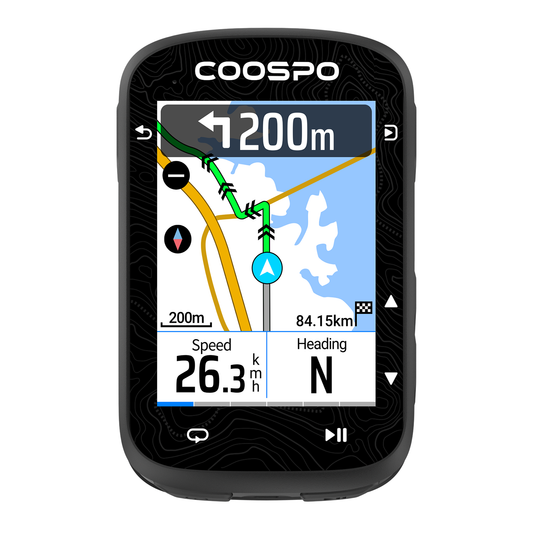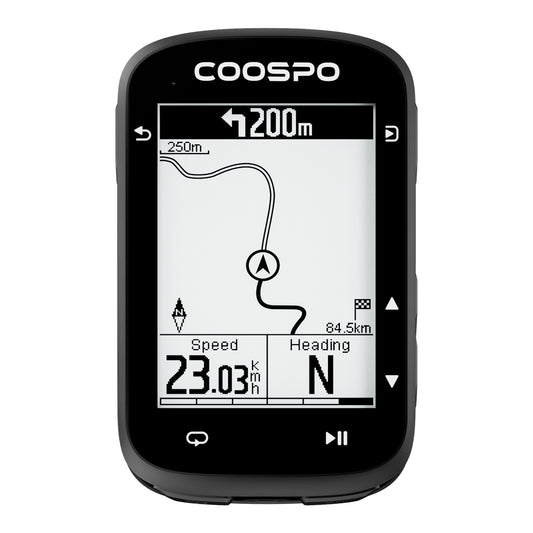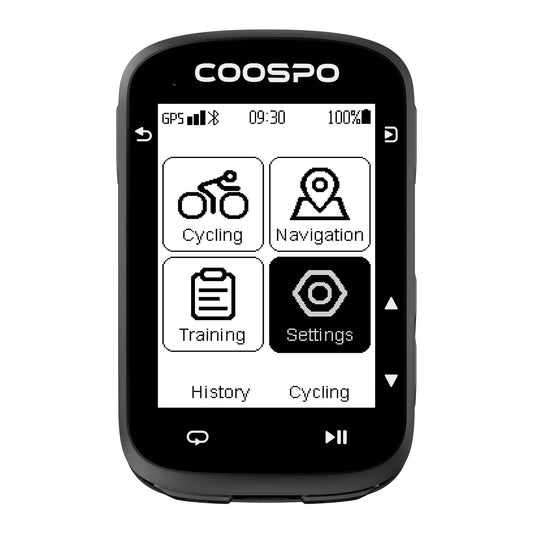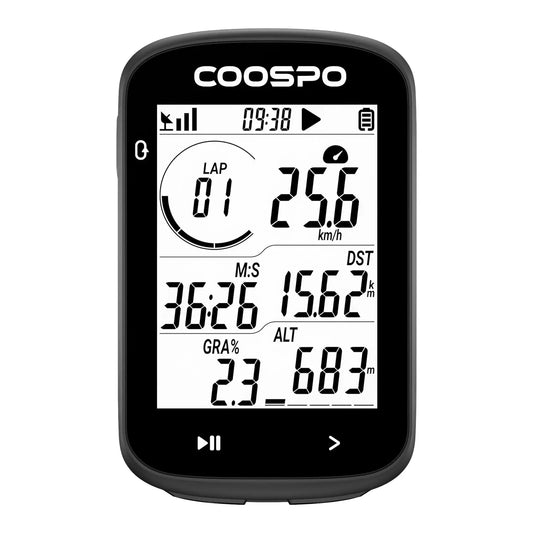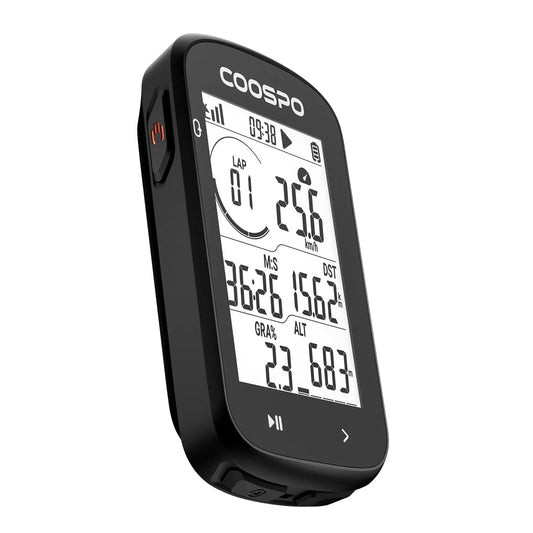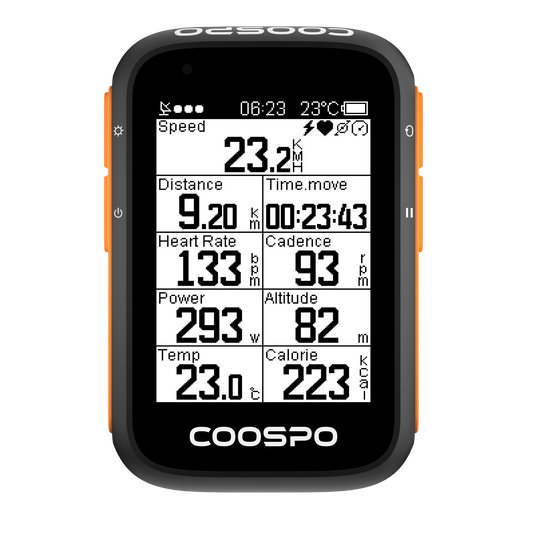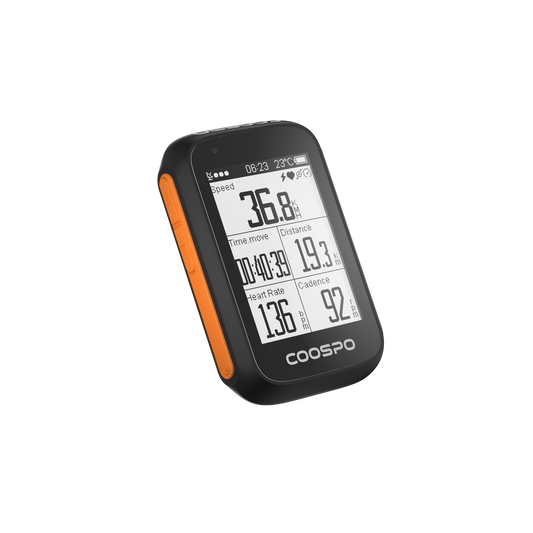How to Recover Faster After Running: Expert Tips for Every Runner
Feeling heavy-legged on your runs? It could be a sign that your recovery needs a reset. When your training plan stacks back-to-back days or racks up weekly miles, what you do between sessions—sleep, fueling, hydration, and truly easy days—becomes the difference-maker. Optimizing your downtime allows you to show up fresher and faster to your next workout.

With guidance from running pros, these strategies slot seamlessly into your routine. Use them to fine-tune a recovery plan that works for you.
Don’t Skip Your Warmup
Recovery begins even before you put on your running shoes. A good warmup gets your muscles and nerves ready for running. Roberto Mandje, a senior advisor at New York Road Runners, suggests starting with a light jog or brisk walk for a few minutes, then doing dynamic stretches like leg swings, high knees, or walking lunges. This helps increase blood flow and lowers the risk of injuries by getting your muscles ready for action.
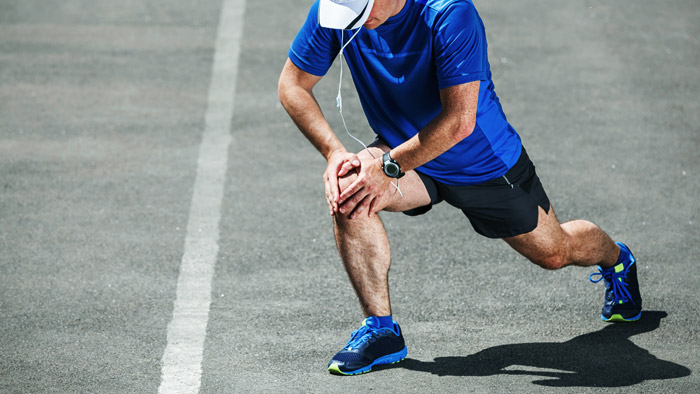
It also recommends checking your breathing every 30 to 60 seconds to see if you're warmed up enough. A faster breathing rate (not just a faster heart rate) indicates that your body needs more oxygen to meet the upcoming demands on your muscles.
Remember to Cool Down
As soon as you’re done with your run, jog very easy or walk for a half mile (or 10 minutes) to facilitate the return to “normal” status.
Cooling down helps your body by spreading blood flow, slowly lowering your heart and breathing rates, bringing your body temperature down, and getting rid of waste products. This helps lessen muscle soreness. The key is to avoid stopping suddenly after running and going straight home to relax.
After you finish your run and cool down, it's a good time to do some static stretching. Mandje recommends holding each stretch for 10 to 30 seconds. You can try stretches like toe touches (either sitting or standing), a standing quad stretch, or a calf stretch.
Embrace Foam Rolling
Foam rolling is a way to relieve tight muscles and improve flexibility. Studies show that it can help reduce soreness after exercise and boost recovery.
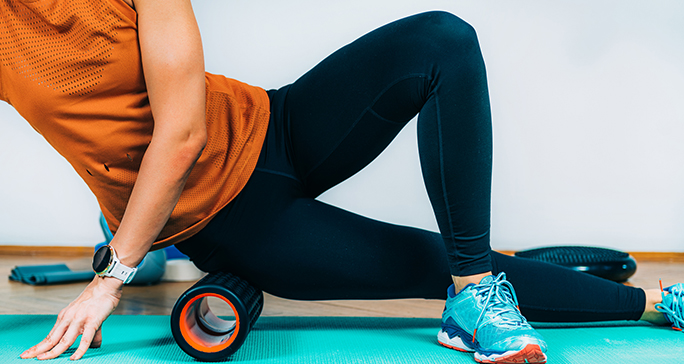
Focus on your calves, quads, hamstrings, and IT band. Apply firm but comfortable pressure, rolling slowly over tender spots for 30–90 seconds each. Don't roll directly over joints or bones. Use foam rolling both before and after your runs to warm up your muscles and reduce stiffness afterward.
Find the Gear That Works for You
Using the right recovery tools can really help. Popular options for runners include compression boots, massage guns, therapy balls, and comfortable recovery shoes. Mallory Creveling, Deputy Health & Fitness Editor at Runner’s World, points out that therapy balls are great for easing tension in sensitive spots like the feet, hips, and shoulders.
You can also track your recovery more accurately with a heart rate monitor, such as the Coospo H9Z or HW9 armband. Monitoring your heart rate variability (HRV) and resting heart rate gives you valuable insight into how well your body is recovering—and helps you know when to push harder or take it easy.

Try out different tools to see what feels best for you. Using them regularly is important—it can help improve blood flow, lessen soreness, and help you recover faster.
Create a Fueling Strategy
Post-run nutrition is important for helping your muscles recover and refueling your energy. Try to eat a balanced meal or snack within 30–60 minutes after your run. Elizabeth Corkum highlights that it's essential to include both protein and carbohydrates in your post-run meal to aid recovery.
Here are some easy ideas: try a smoothie with protein powder, Greek yogurt with fruit, or whole-grain toast with nut butter. Remember to drink water, and if you’ve been sweating a lot, think about adding electrolytes too.
Avoid Overtraining
Running plans should mix tough days with easier ones, change the distance each week, gradually increase long runs, and include one or more rest days.
Here’s a simple running schedule:
- Monday: Hard run (like intervals or tempo)
- Tuesday: Easy run
- Wednesday: Easy run or rest
- Thursday: Hard run (like intervals or tempo)
- Friday: Easy run or rest
- Saturday: Long, hard run
- Sunday: Easy run or rest
The main idea is to have easy days after hard days. This helps your body recover before you push hard again.
Easy days don't just have to be spent lying on the couch (but that's fine too!). You can do light workouts like yoga or cycling on these days. If you feel sore when you start running again, it’s a good idea to take a proper day off.
Keep Your Easy Days Easy
When you have easy days on your running schedule, remember not to run too fast. Many excited runners make the mistake of thinking that pushing their pace will help them improve faster. In reality, this can lead to extra tiredness and a higher chance of getting injured.
If you have a rest day scheduled, really take a break. Many runners use their day off to do other workouts, which can be fine but might not give you the full recovery you need. Even without intense exercise, your muscles and heart might still need that extra time to recover with little to no hard activity.
Prioritize Sleep
Sleep helps your body repair muscles, strengthen memories, and regain energy. The Sleep Foundation suggests getting 7–9 hours of good sleep each night for the best athletic performance.

To sleep better, go to bed and wake up at the same time every day, make your bedroom cool, dark, and quiet, and avoid caffeine or heavy meals before you sleep.
Truth is, many of us with families, jobs and/or busy work-life balance rarely get as much sleep as we should. This is why the restorative magic of naps. It recommends 15 to 20 minutes of rest to help amp up your recovery. If you’re feeling more refreshed, then you’ll set yourself up even better for not just recovery, but also your upcoming training.
Adapt to the Weather
Weather can greatly impact your training and recovery. Your body faces different challenges when running in hot and humid weather compared to cold and dry conditions.
In very hot and humid weather, it's a good idea to slow down your running speed, intensity, or distance. You may also need to take extra rest days when it's warm and drink more water and electrolytes to help your body stay strong.
In winter, you might be doing more easy runs, but it’s really important to warm up before you start running and to change out of sweaty clothes afterward.



